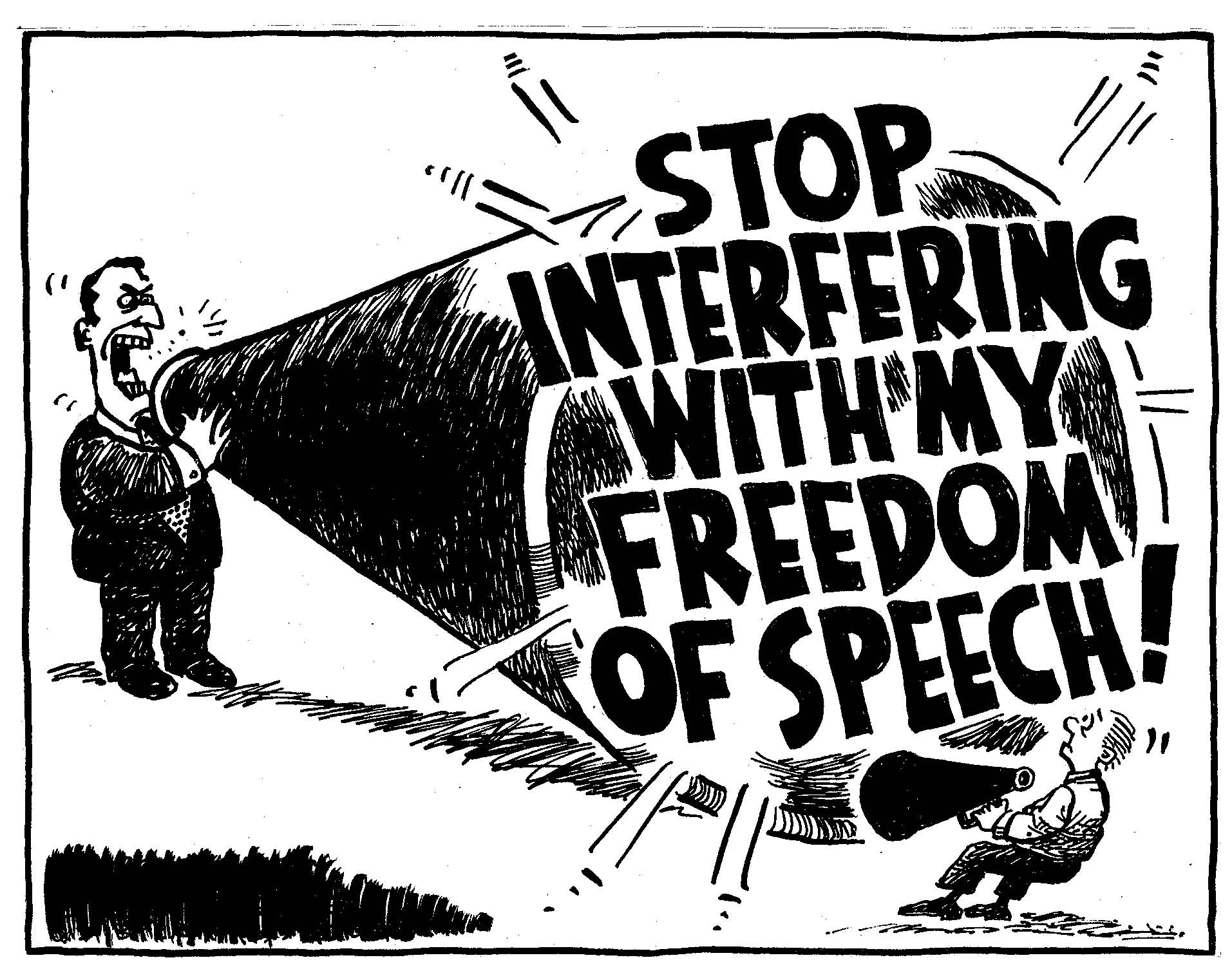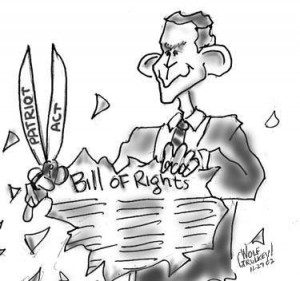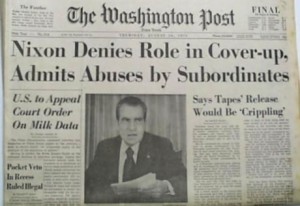Another journalist was killed just two months ago covering war in the Middle East.
Mika Yamamoto, a Japanese journalist, was killed when caught in the middle of a firefight in Aleppo, Syria on August 20. She is one of the latest journalists to be killed while covering the civil war in Syria. It is well known that risks are taken when covering such events around the world. According to The Committee to Protect Journalists, however, says that the Middle Eastern state is the most dangerous place in the world for journalists.
In order to get the big story a journalist may want — or even feel the need to — venture into a war zone to cover the events. This has been common practice for decades now. Since 1992 there have been 944 journalists from different nations killed in war zones — most of which have resulted from the War in Iraq.
Yamamoto was merely doing her part in portraying the Syrian atrocities. “She wanted to show the suffering of innocent women and children caught in war,” said her friend Miyuki Hokugou, of the newspaper Asahi Shimbun. “She felt it would affect Japan sooner or later. That it’s all connected.”












